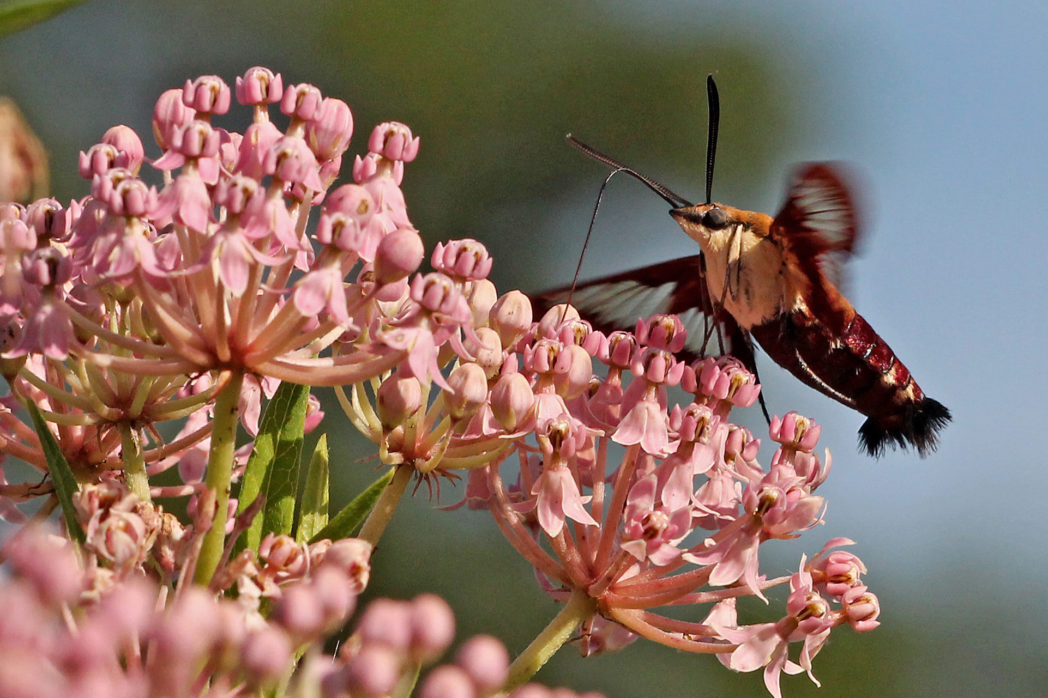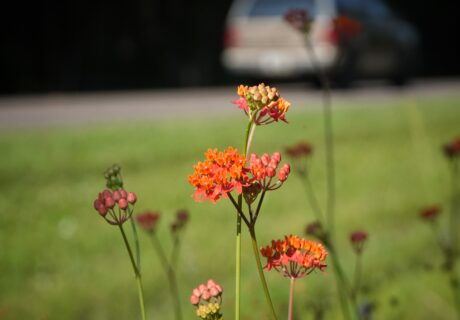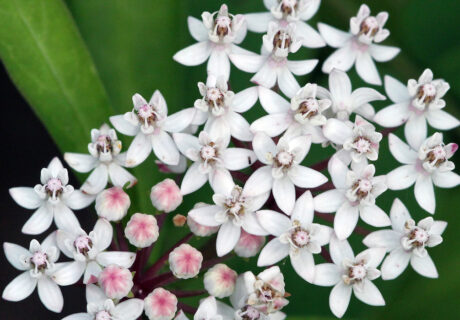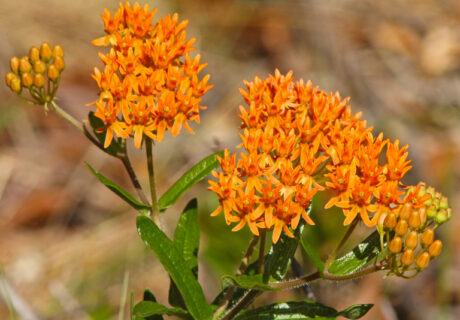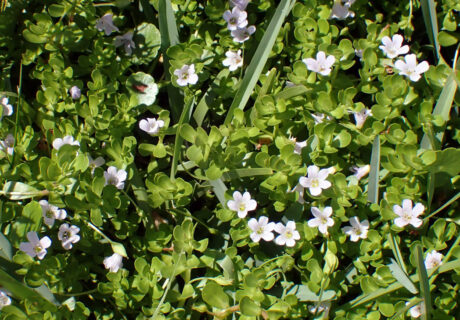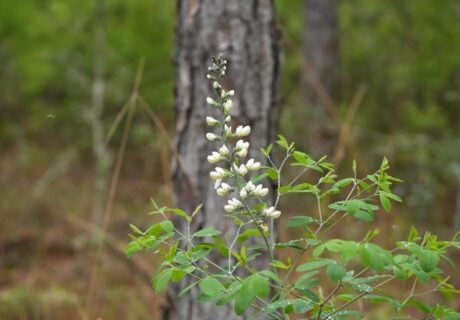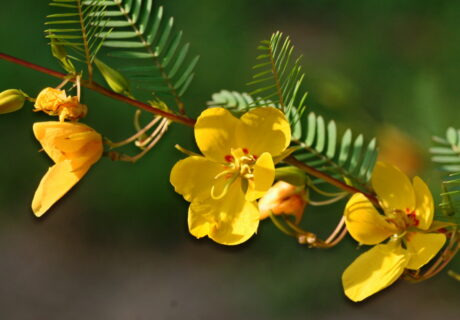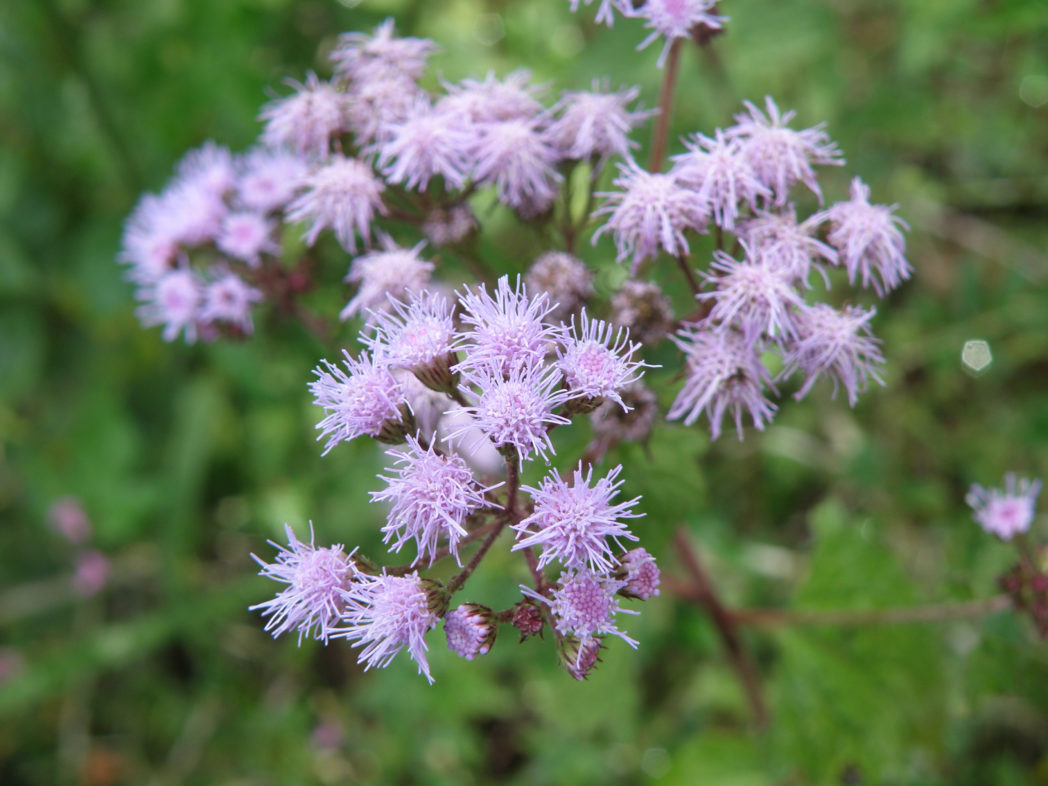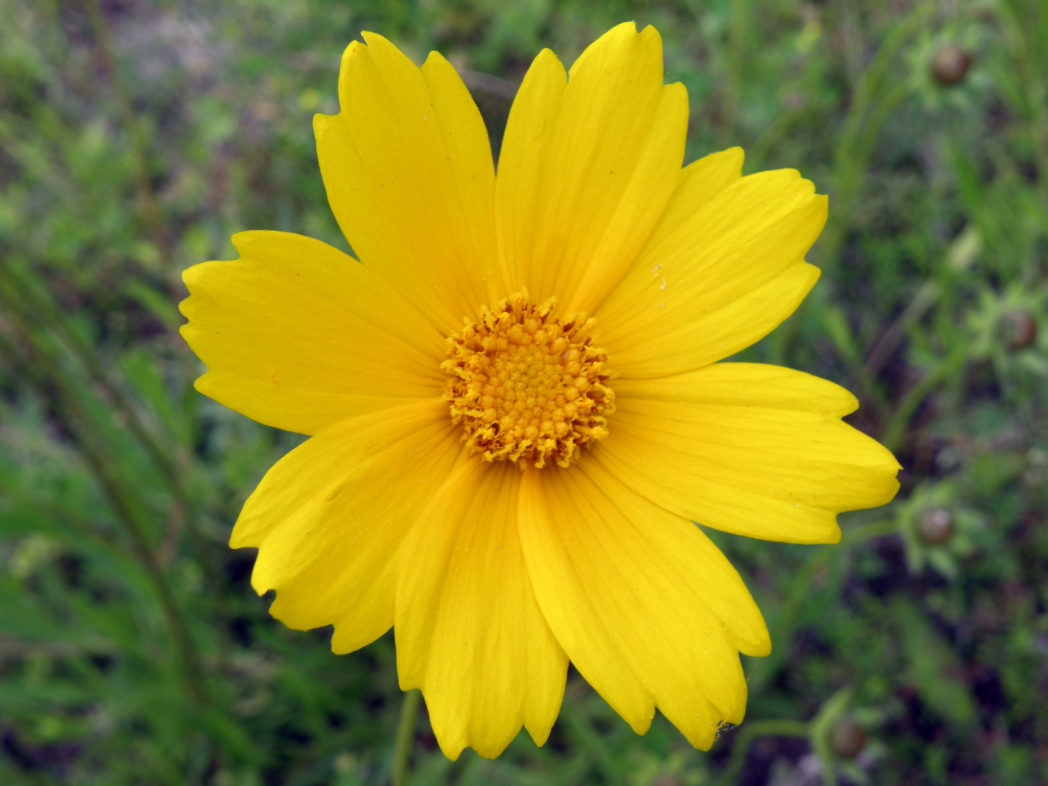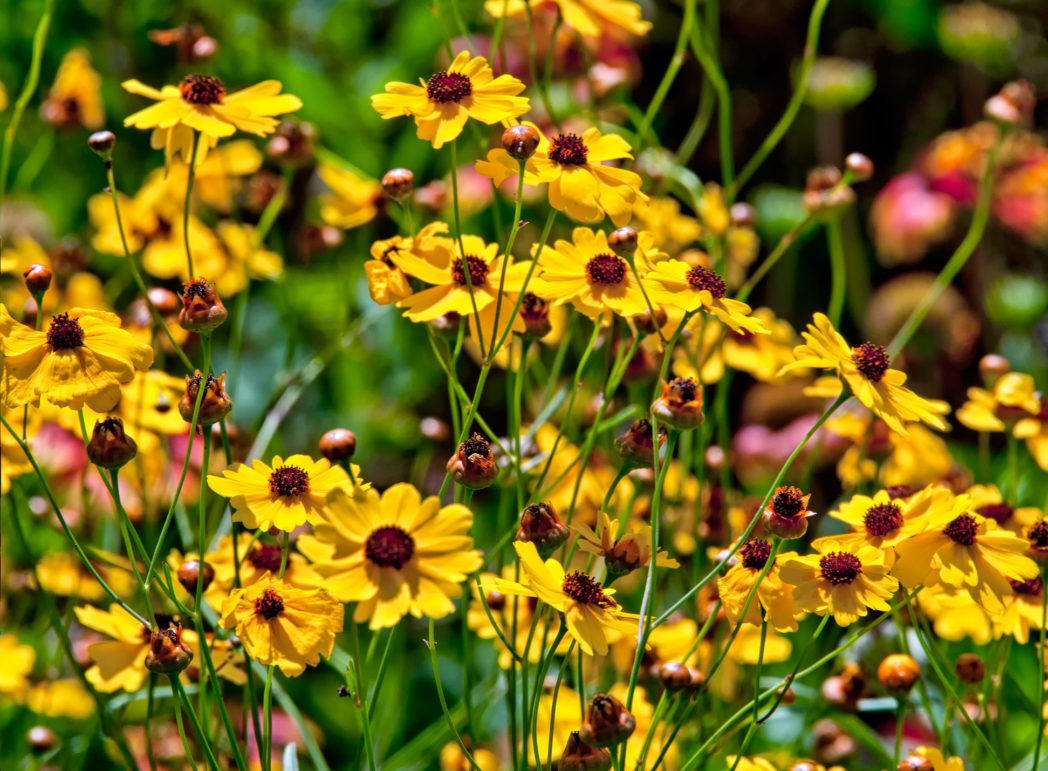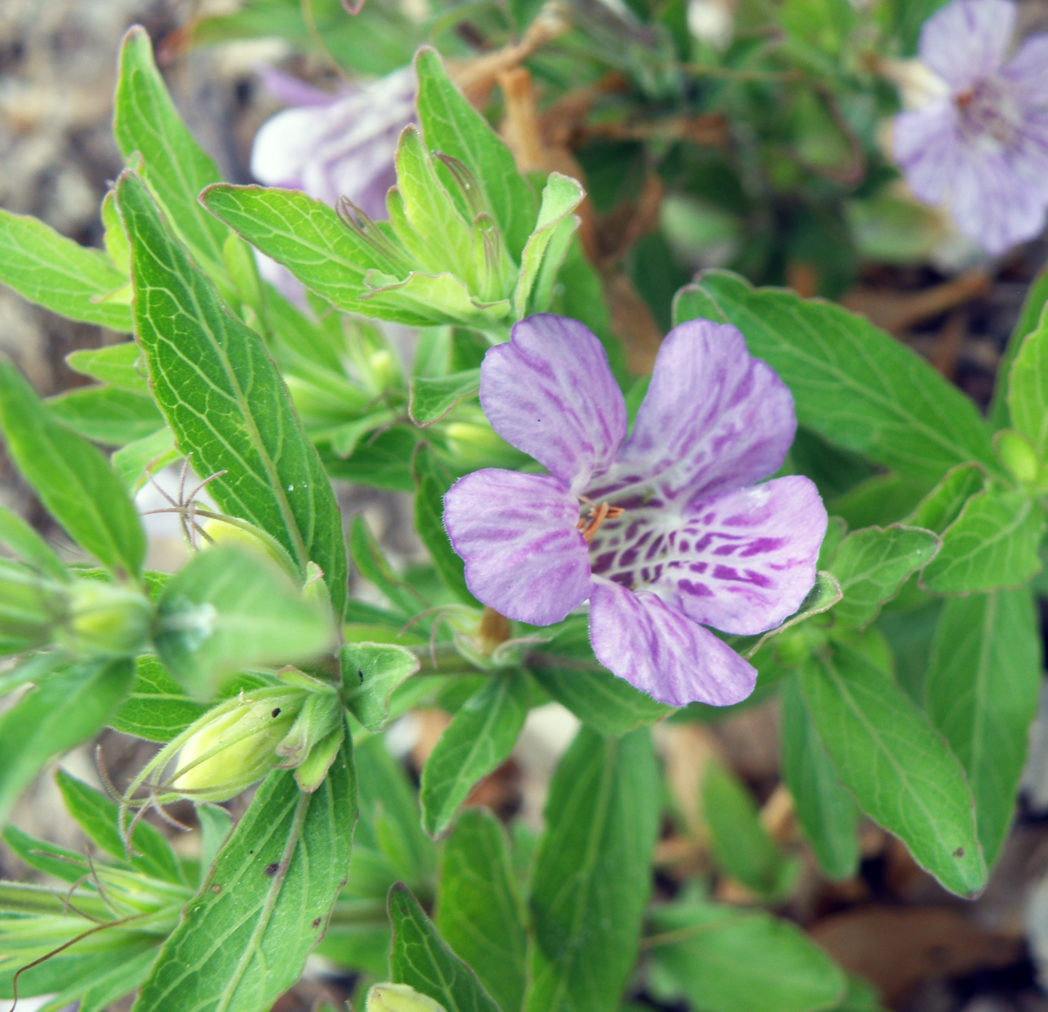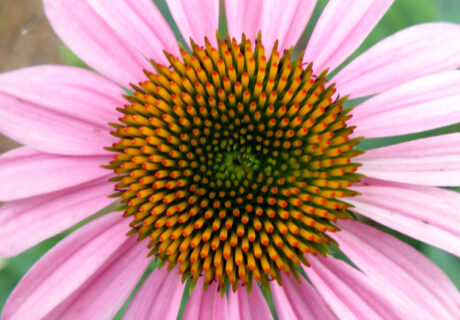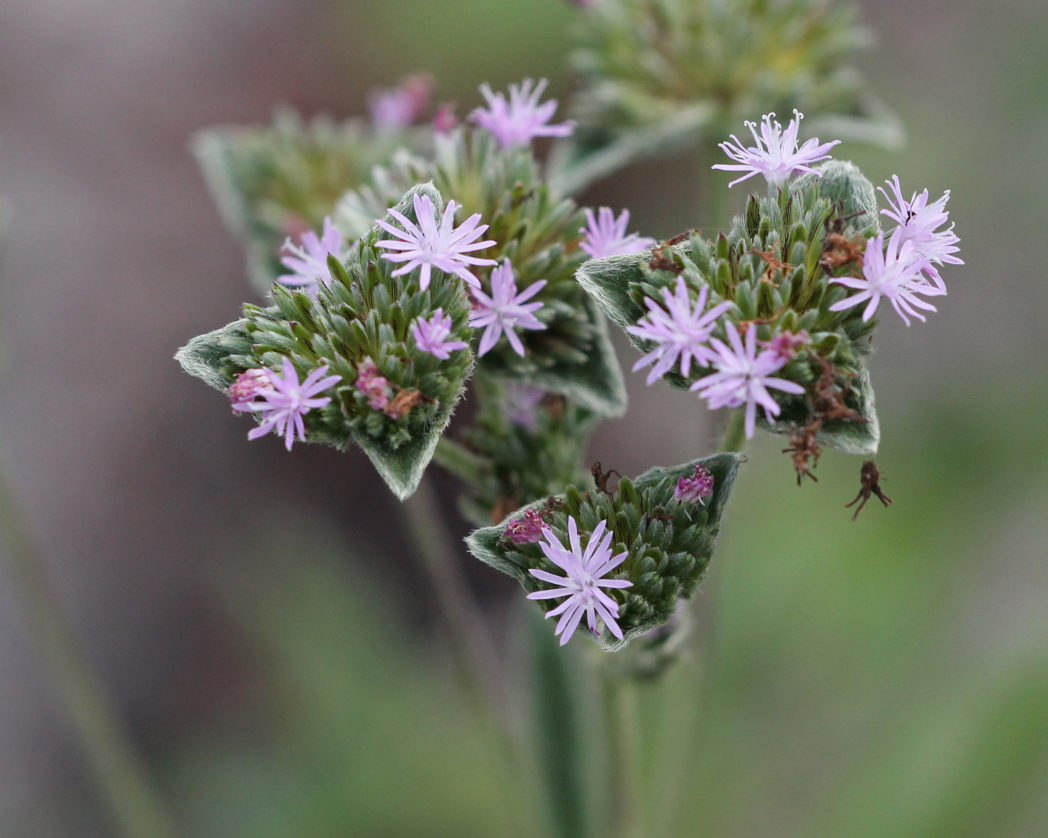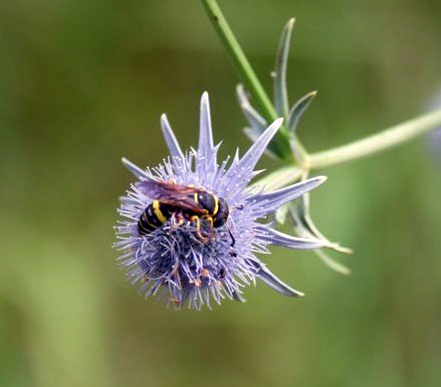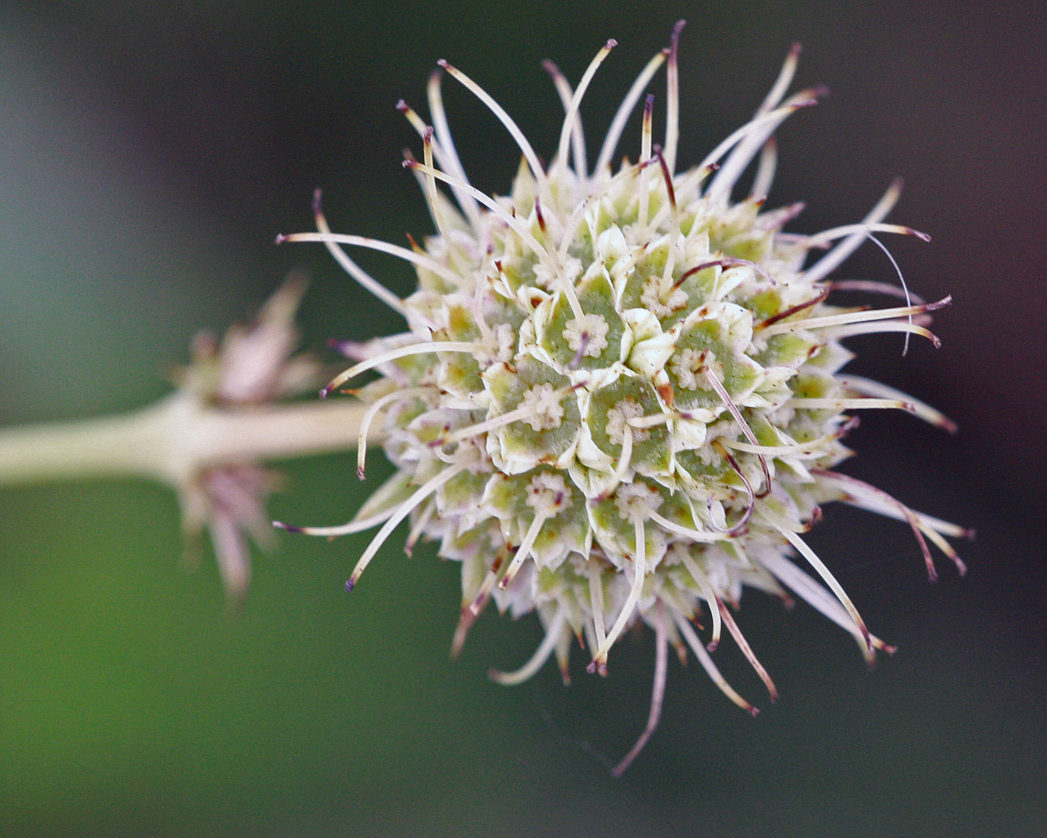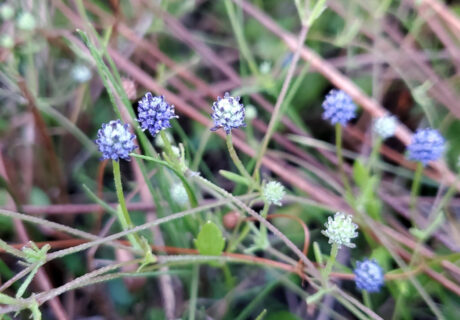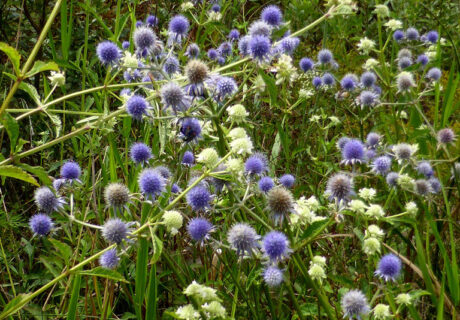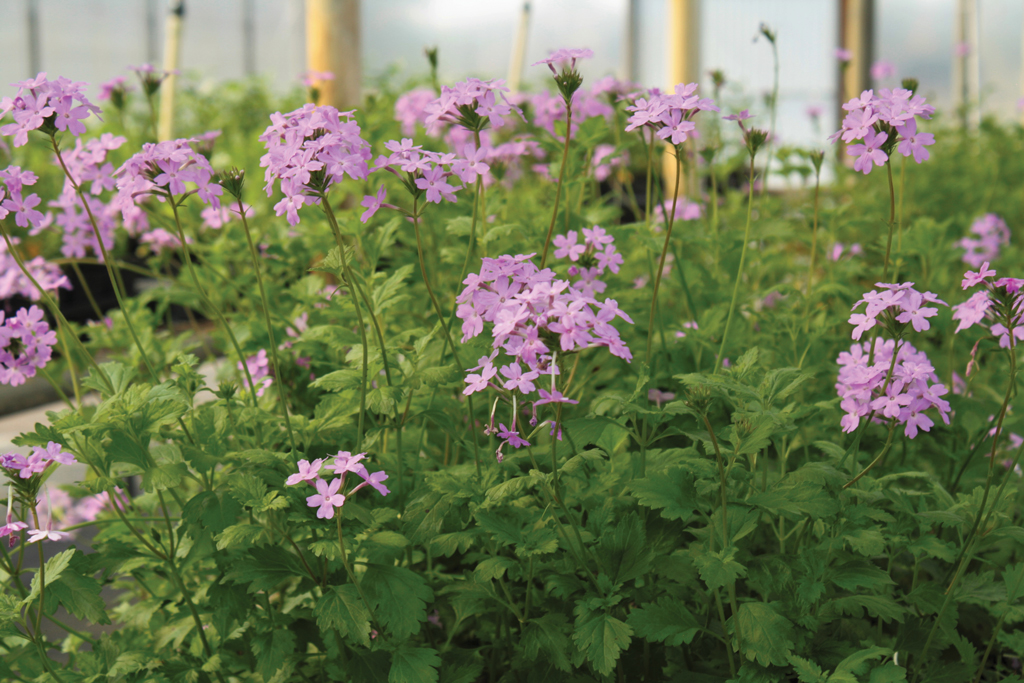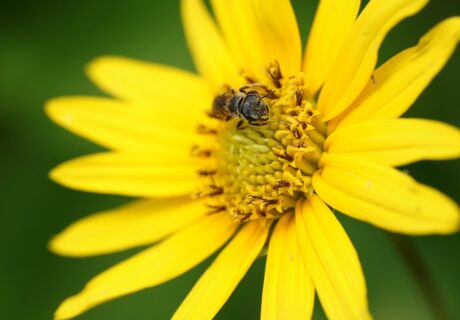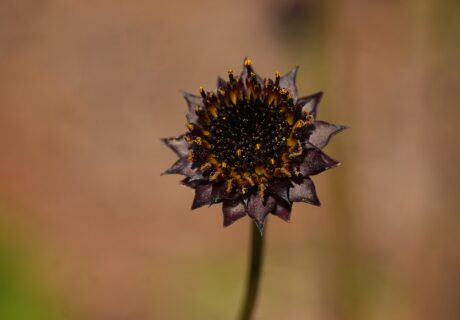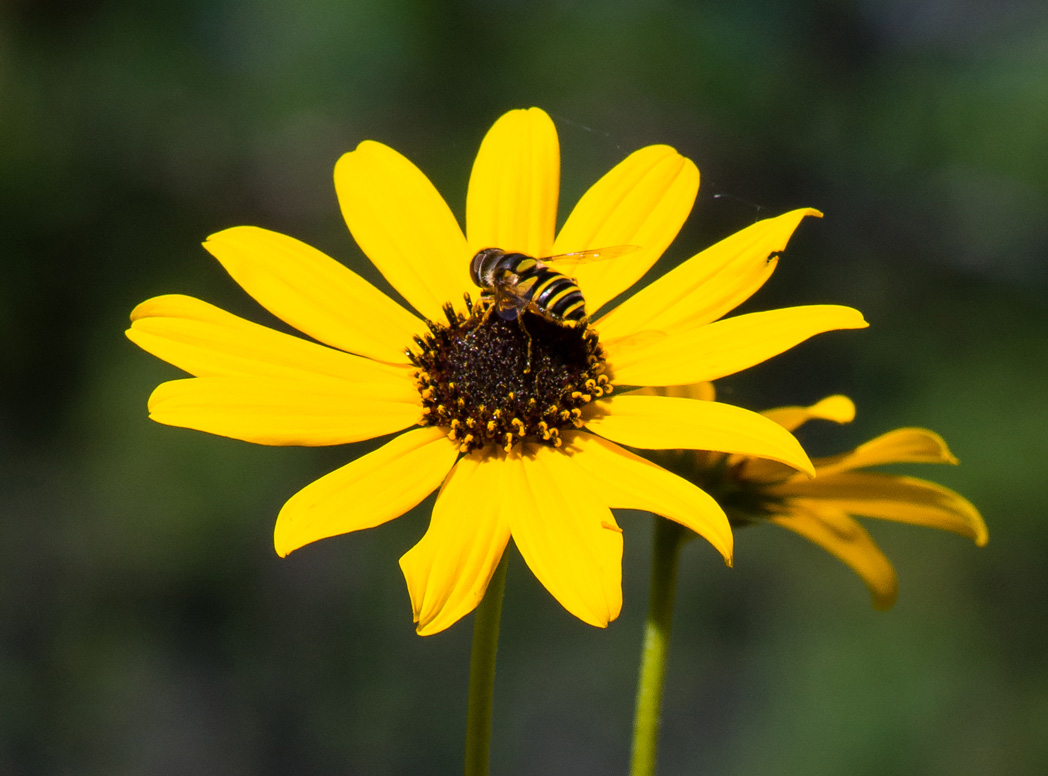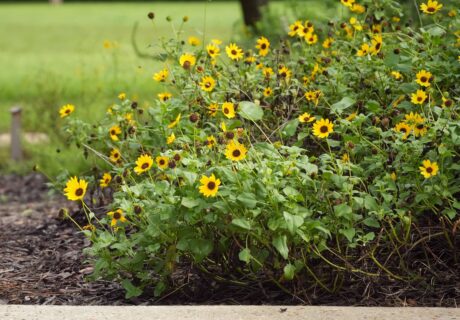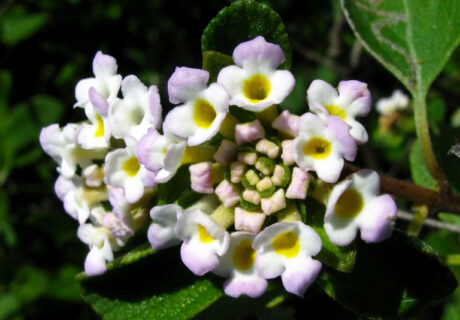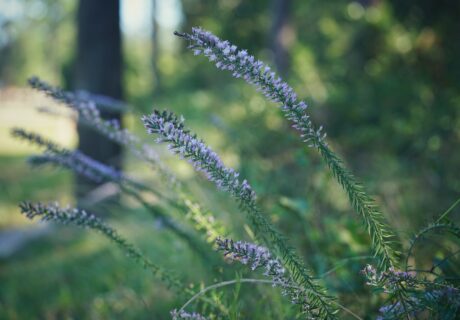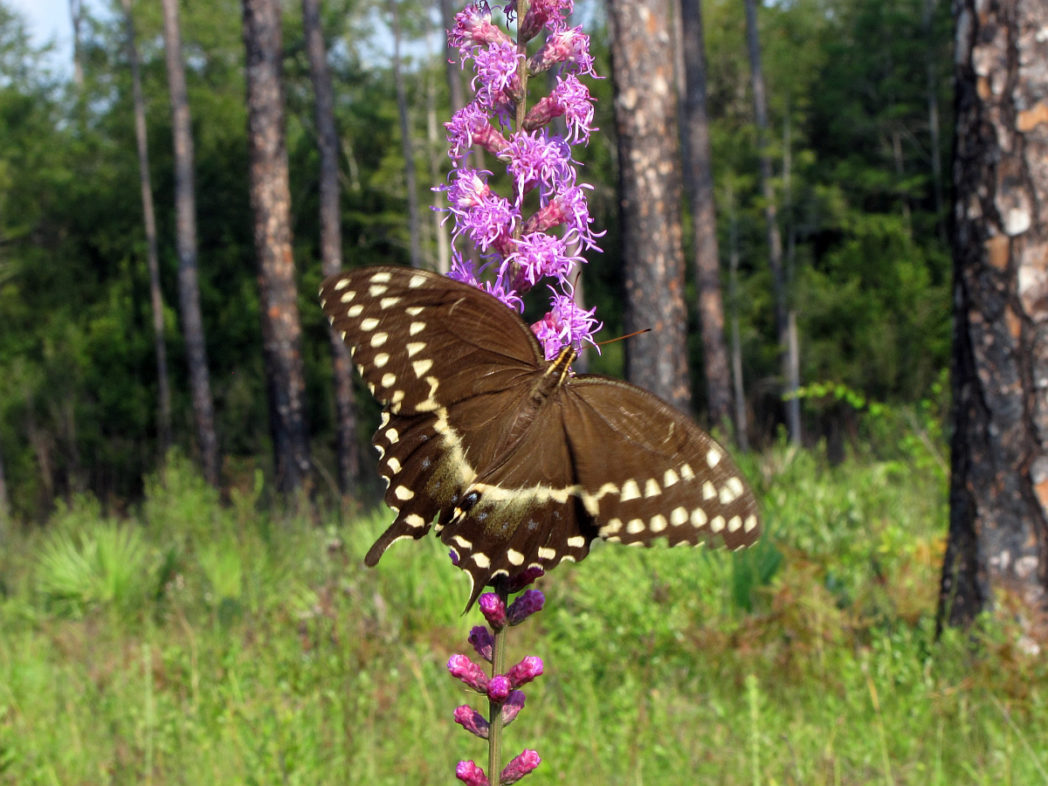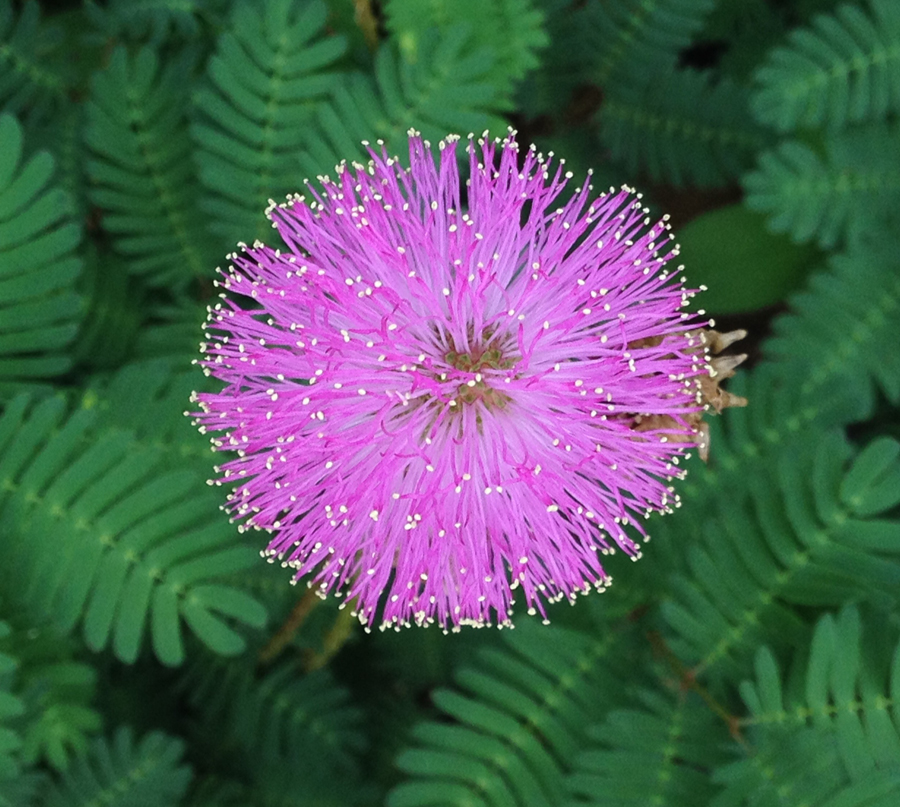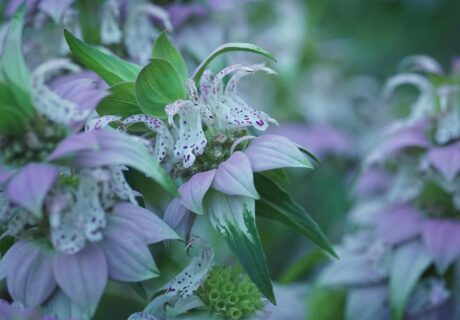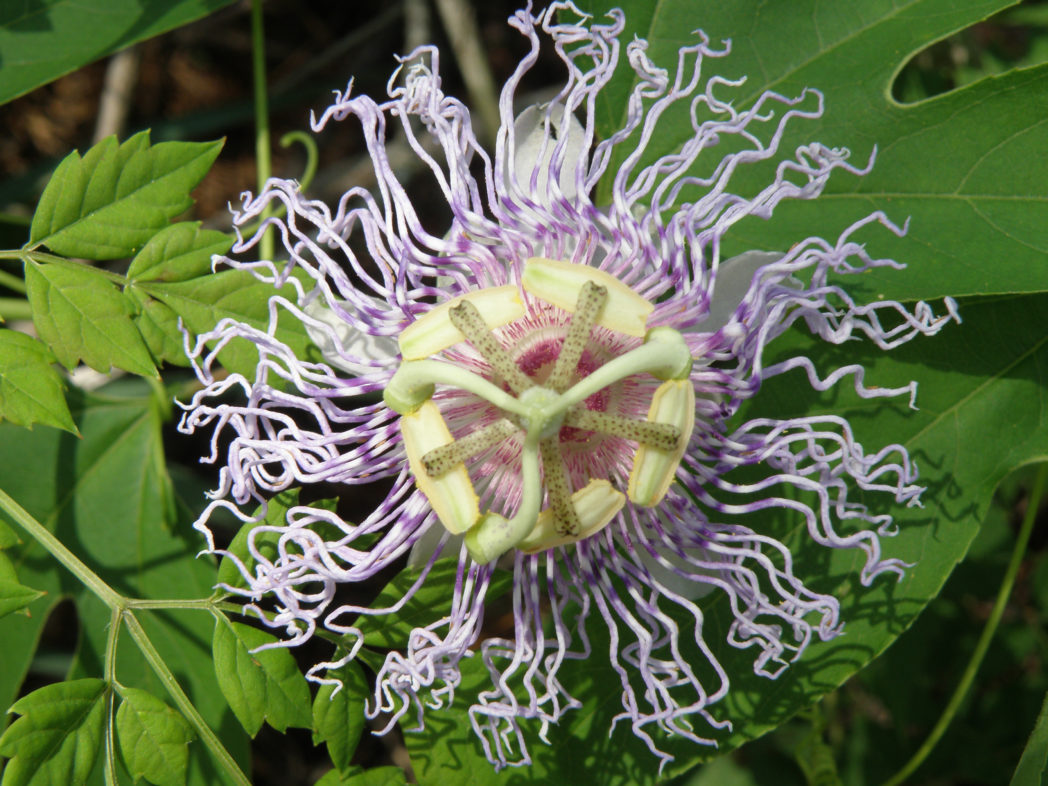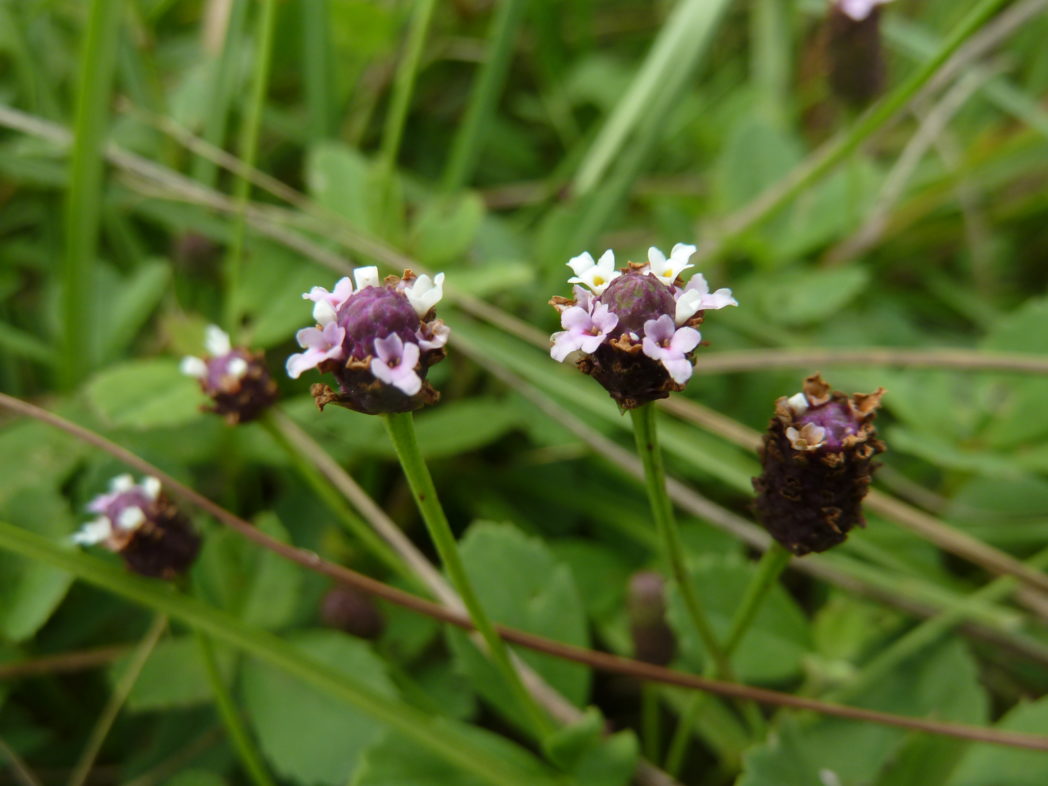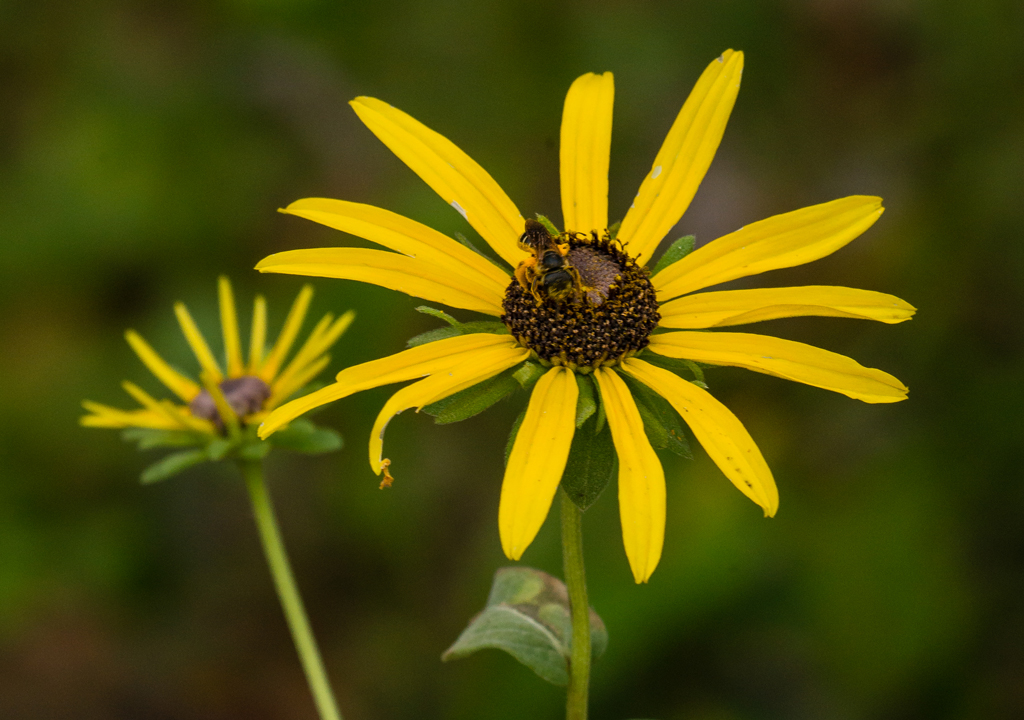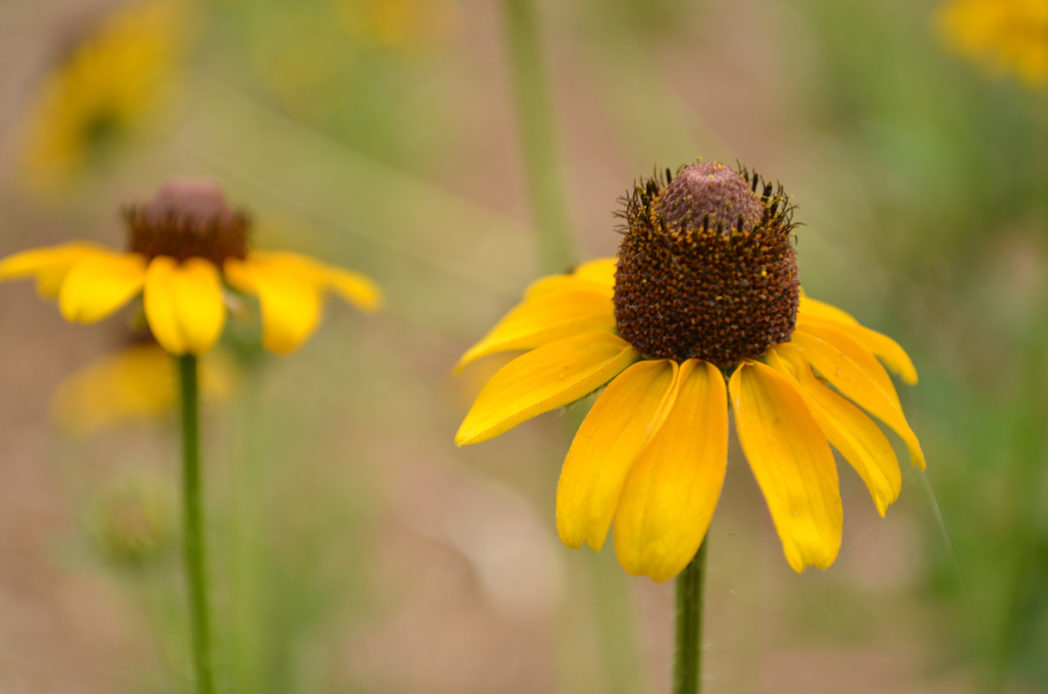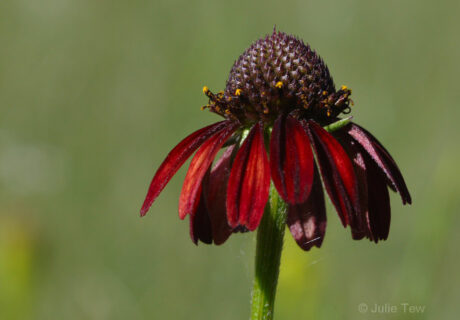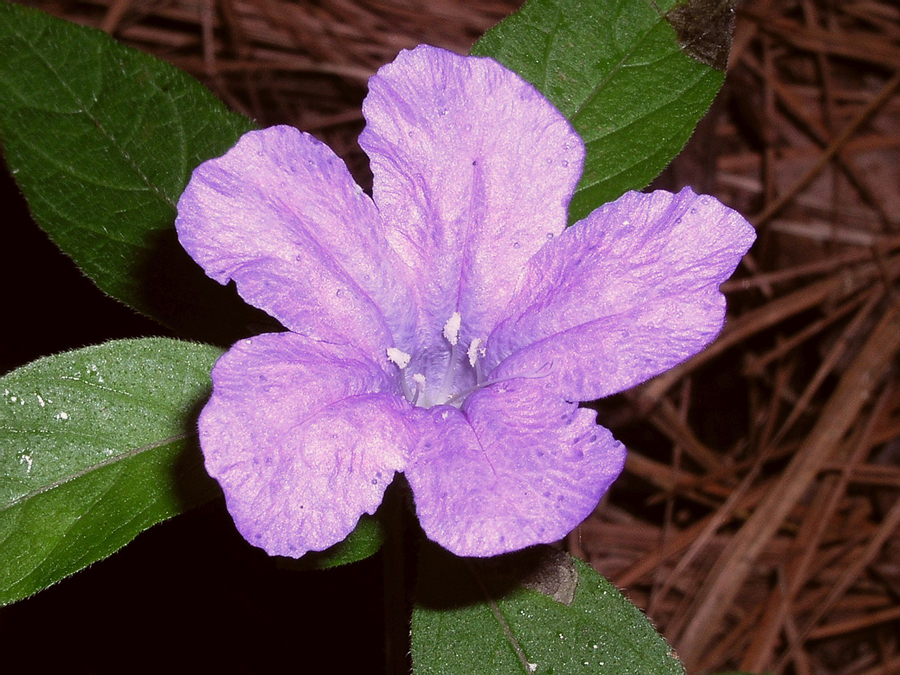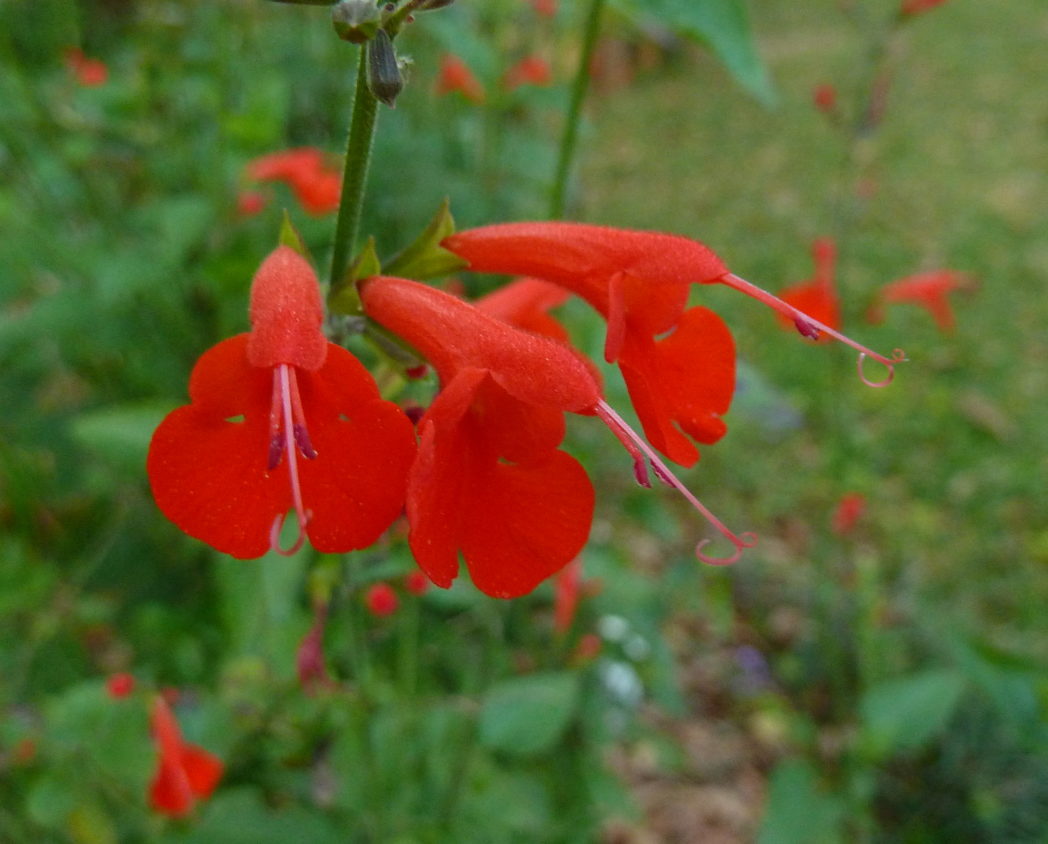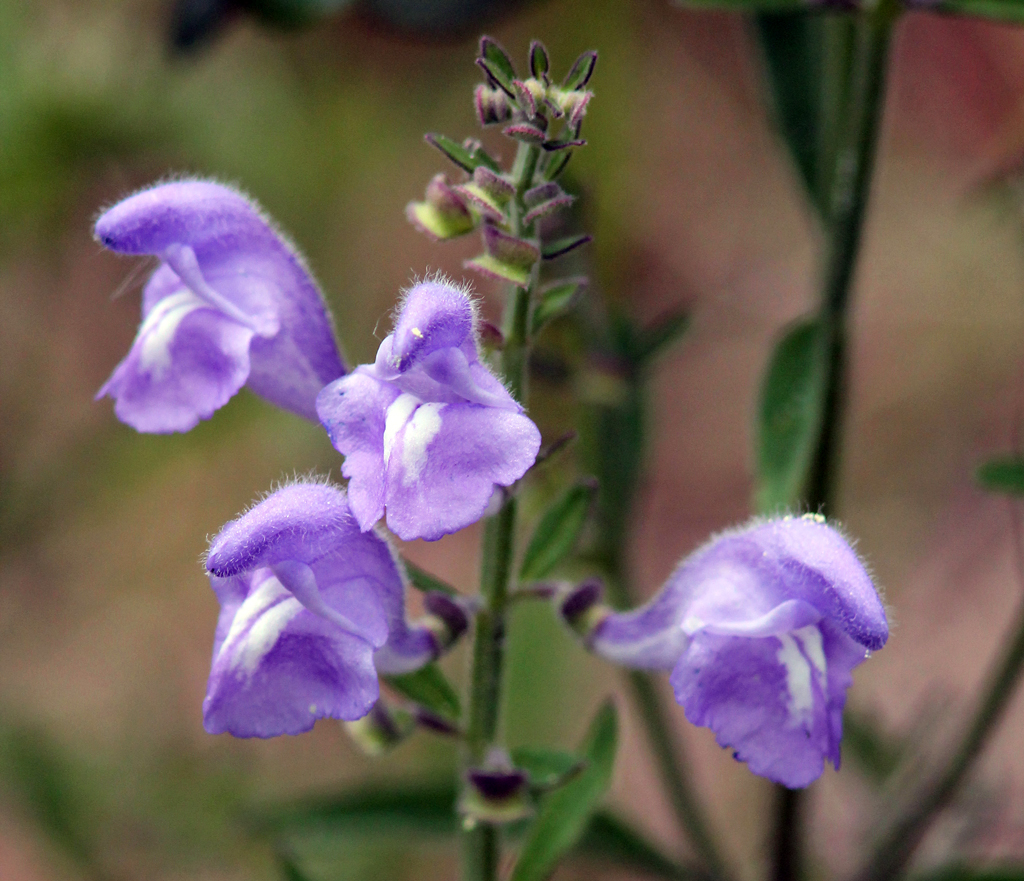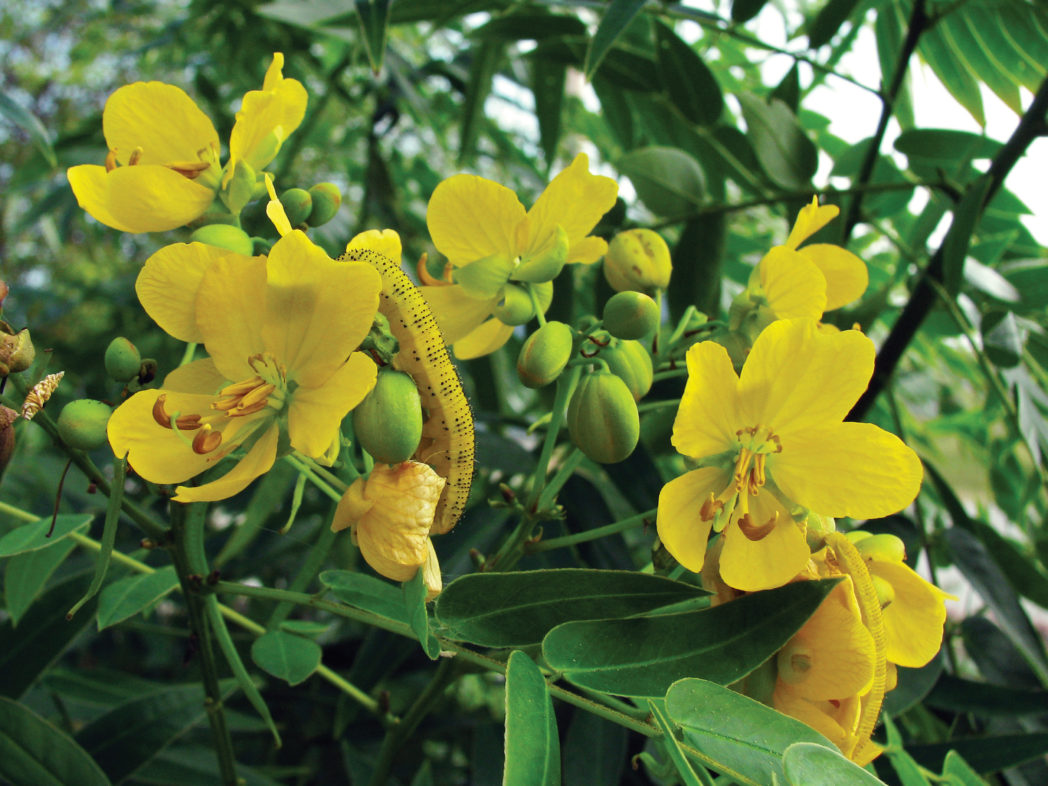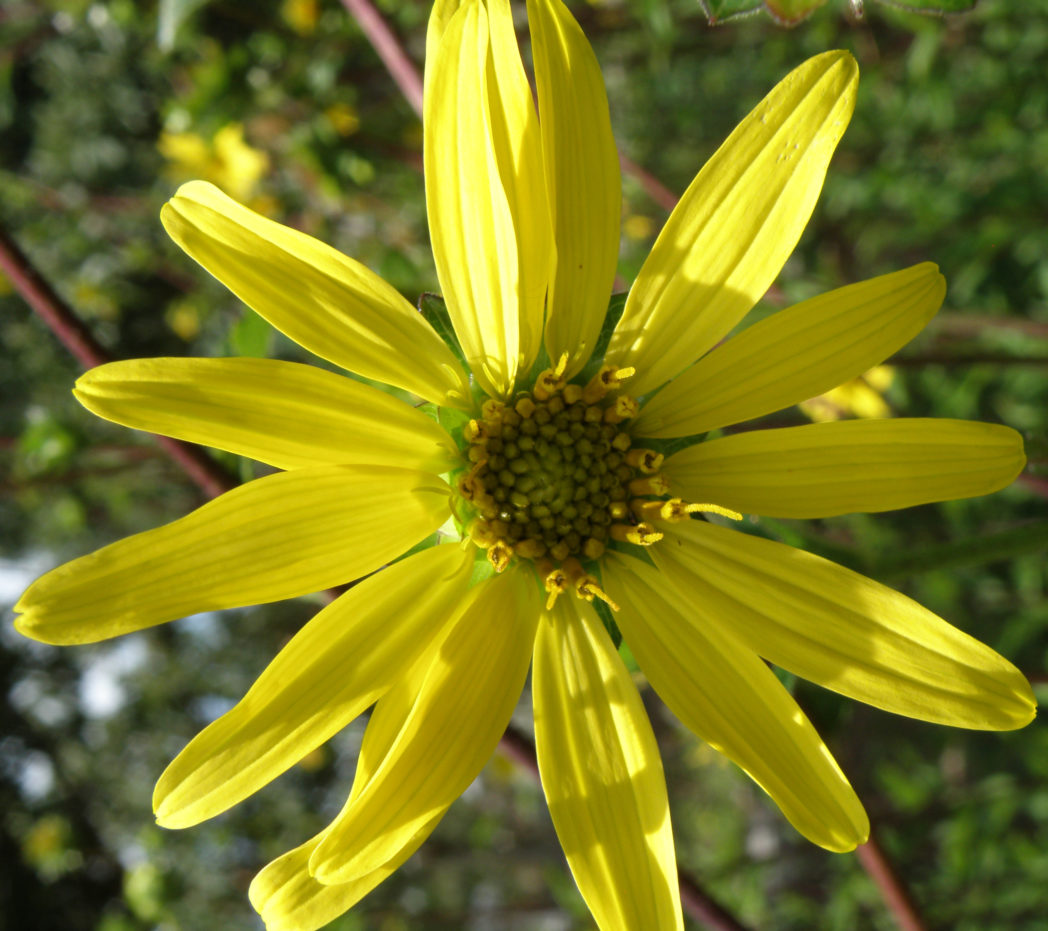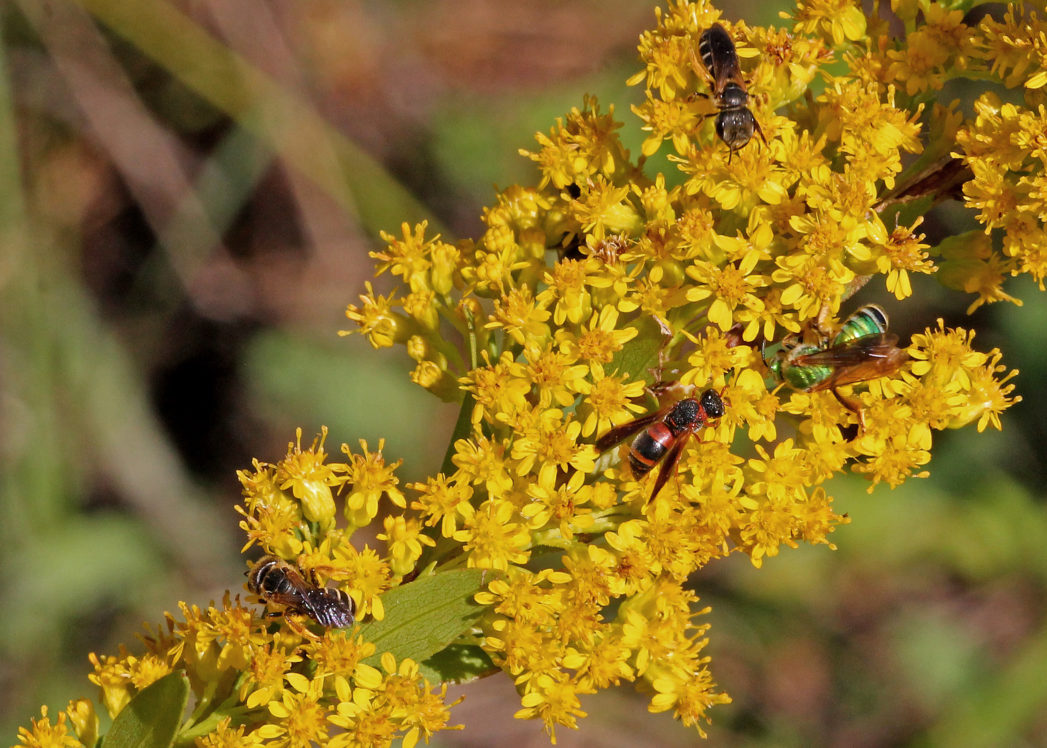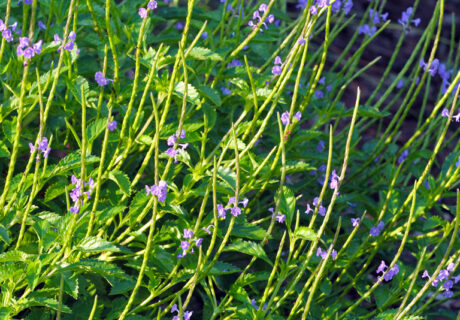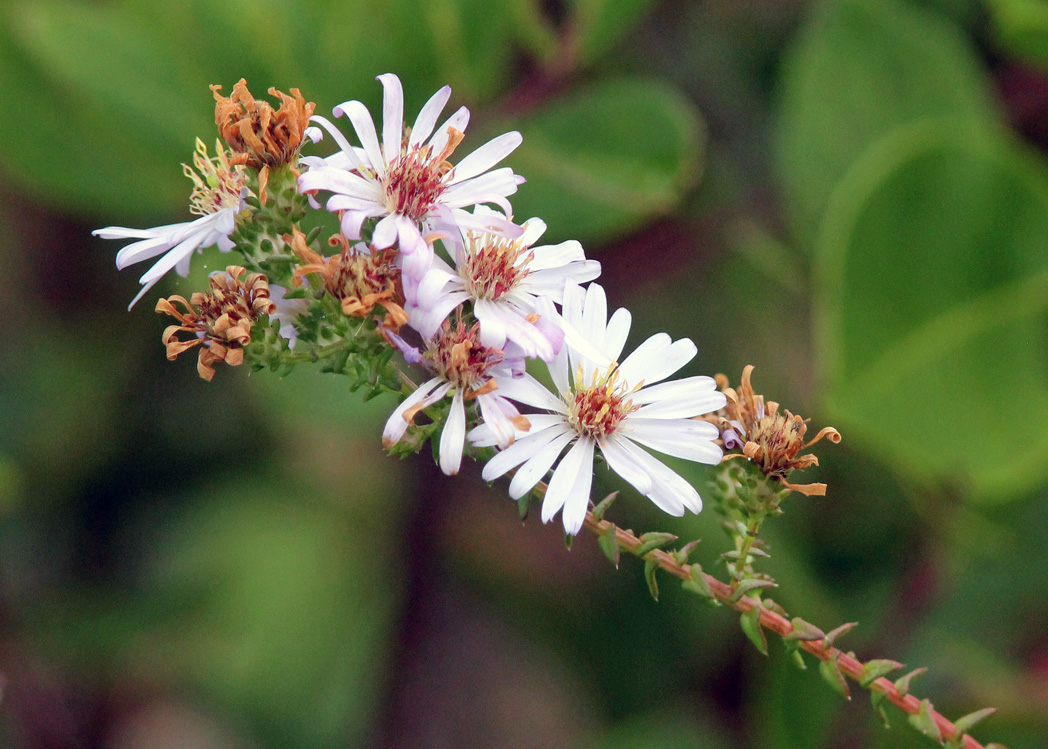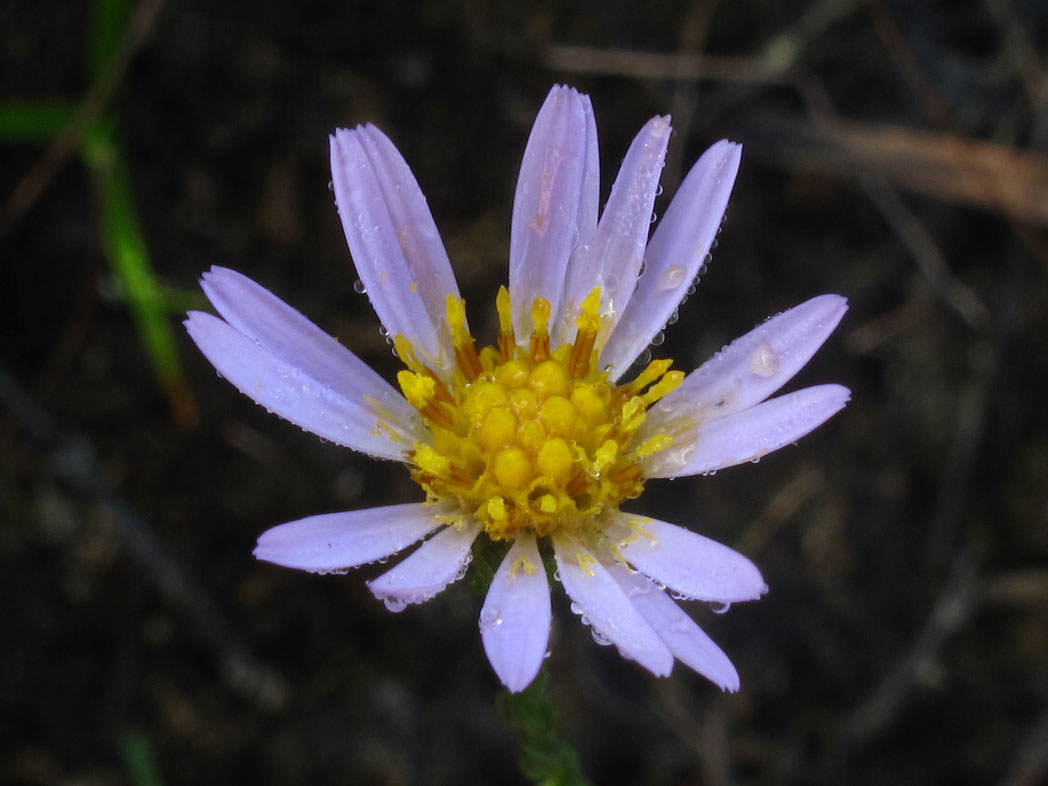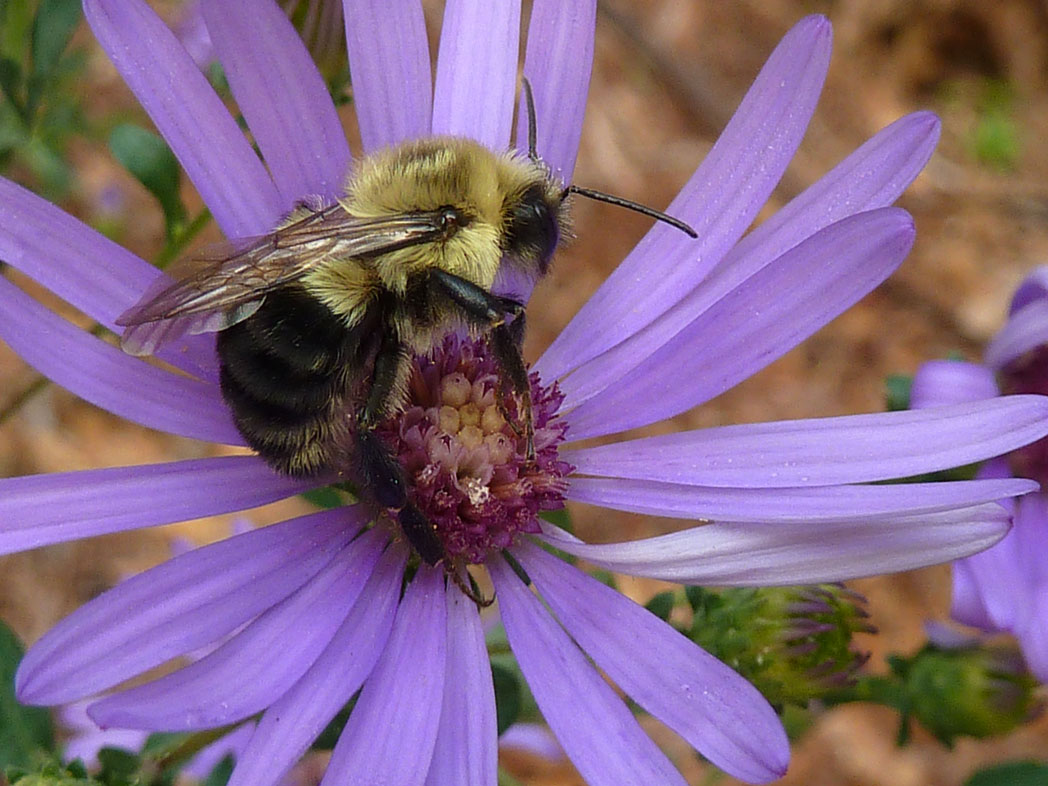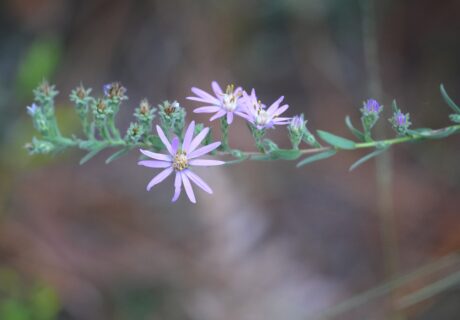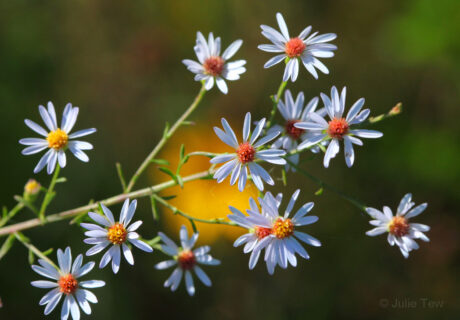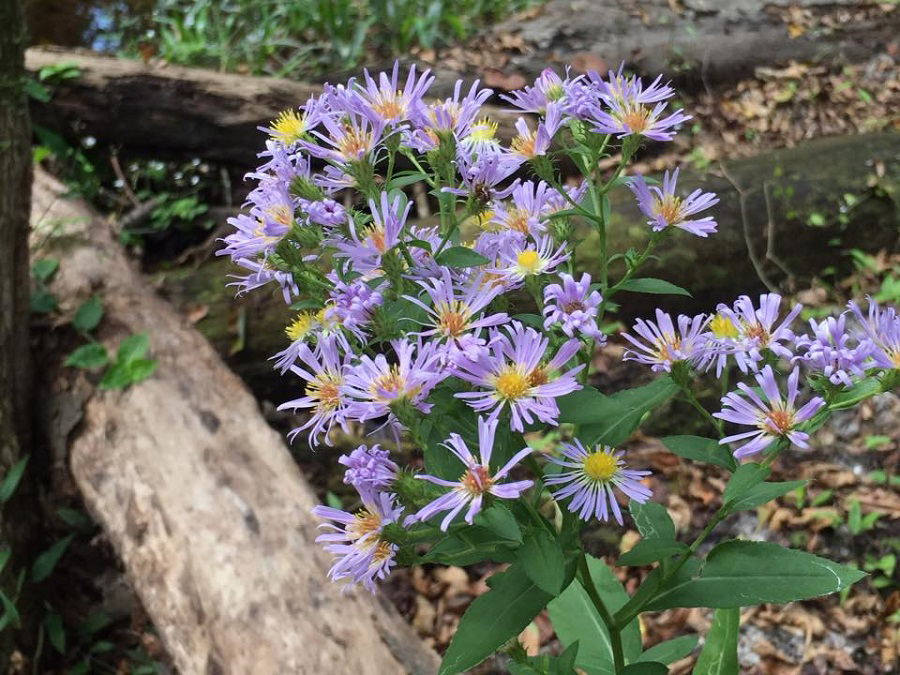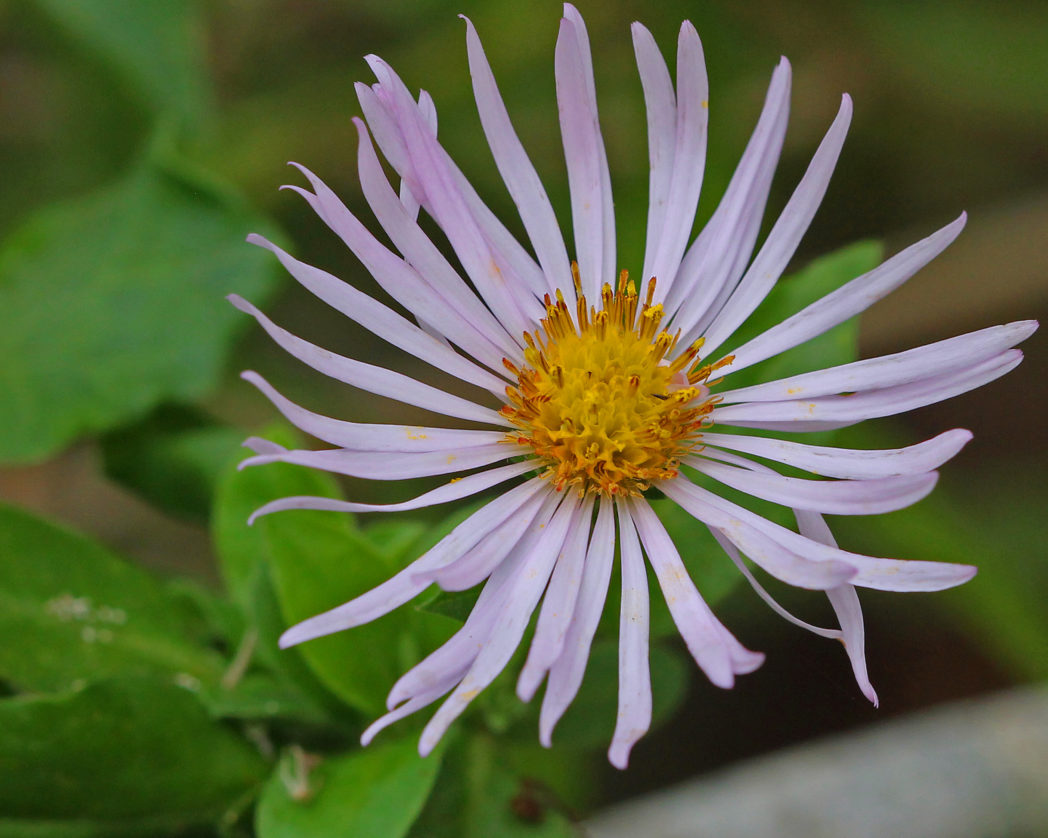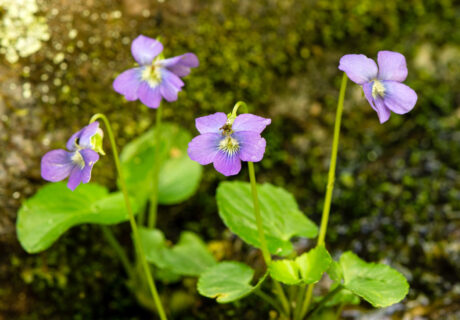Attracting Butterflies
with Florida’s Native Wildflowers
Landscaping with Florida’s native wildflowers and plants provides refuge for birds, bees and butterflies while creating “habitat highways” through urban settings.
Florida’s butterfly population is imperiled due to loss of native habitat and host plants that are necessary for them to complete the metamorphosis from egg to larva to adult.
By planting wildflowers that provide nectar, pollen and larval food for our native butterflies and moths, we can help fill the void between fragmented natural habitats. Even small native wildflower plots can be stepping stones in a pollinator pathway that help insects reach parks, natural areas and roadside wildflowers.
Planning your garden
Butterflies use a variety of wildflowers, shrubs and trees as host plants. And they need an abundance of nectar for food throughout their life span. Planting Florida native wildflowers will add seasonal beauty to your garden and attract butterflies by providing the vital resources they need.
Follow these simple steps to establish a Florida native butterfly garden:
- Choose a site that receives 4 or more hours of full sun to partial shade.
- Plant flowers of varying heights and flower size and that bloom from March through November.
- Group 3 or more of each flower species for
- visual impact.
- Use both larval host and nectar plants.
- Water to establish.
- Do not use fertilizer and never spray pesticides.
- Where possible, leave plant debris that may contain eggs or chrysalises.
Learn more about Monarchs and milkweed. Find native plant nurseries at www.PlantRealFlorida.org. Purchase seeds at www.FloridaWildflowers.com.
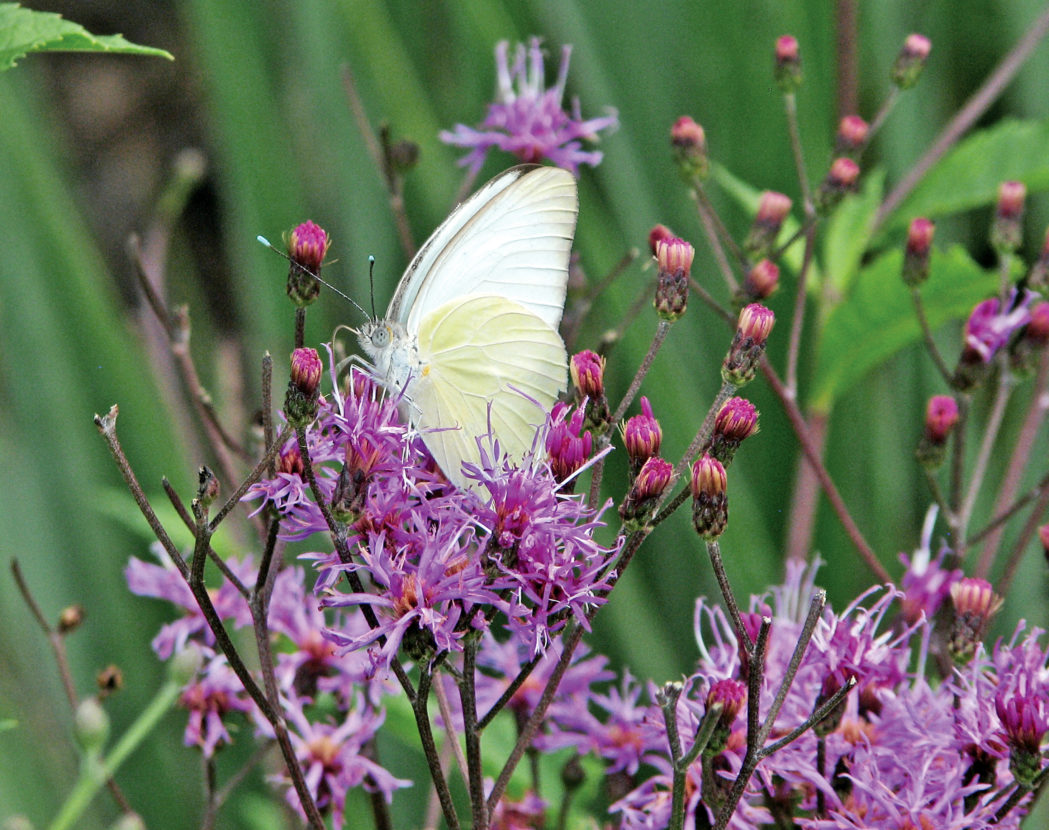
Great wildflowers for butterflies
The following Florida native wildflowers work well in a home landscape and provide nectar and larval hosts for native butterflies and moths.

